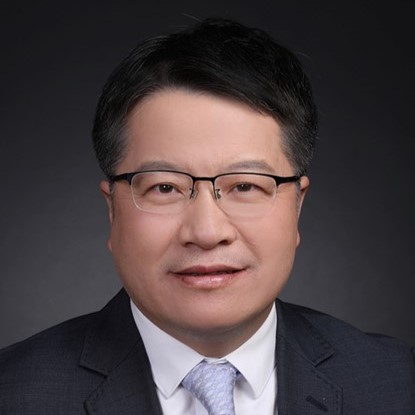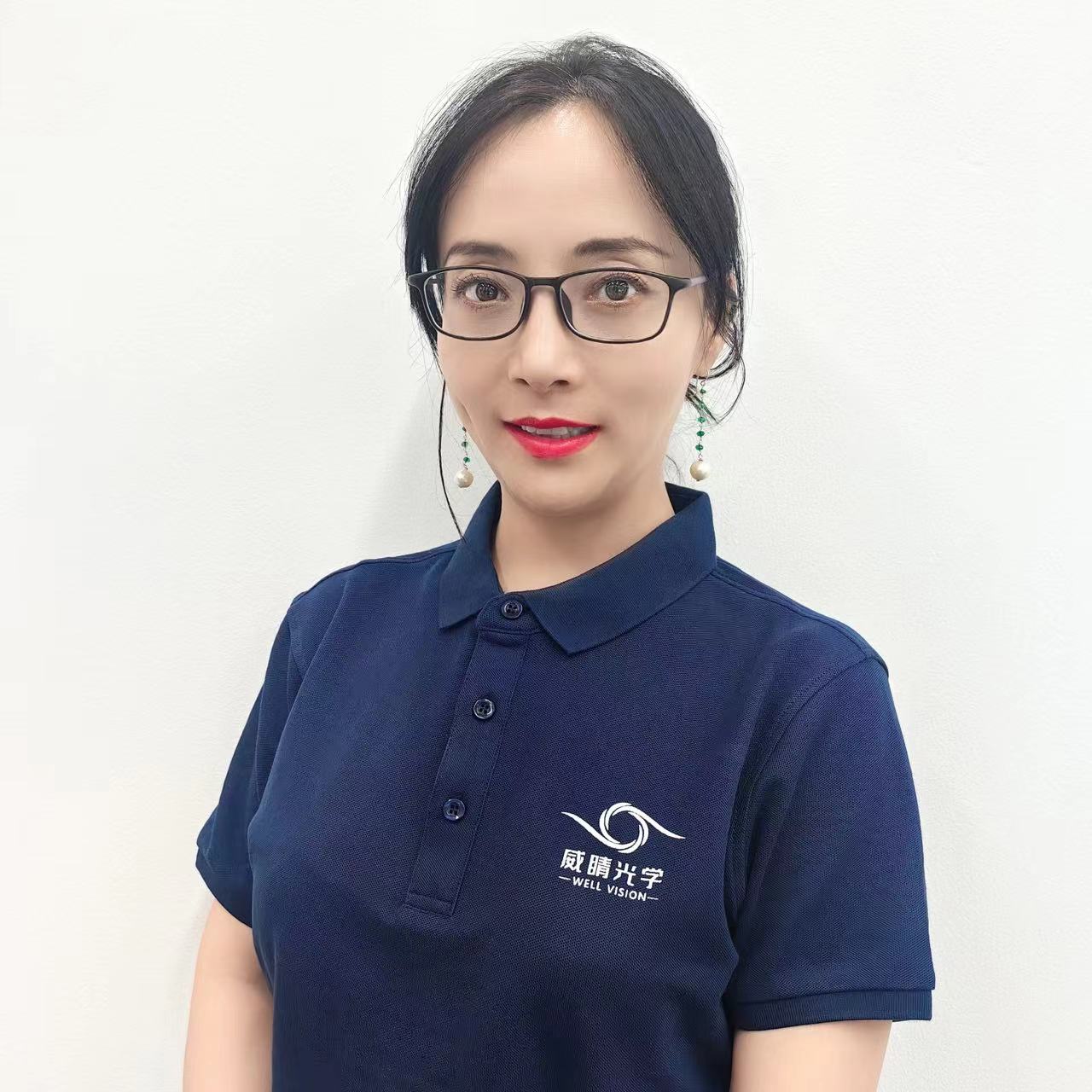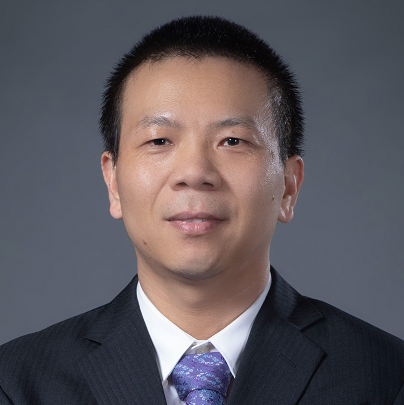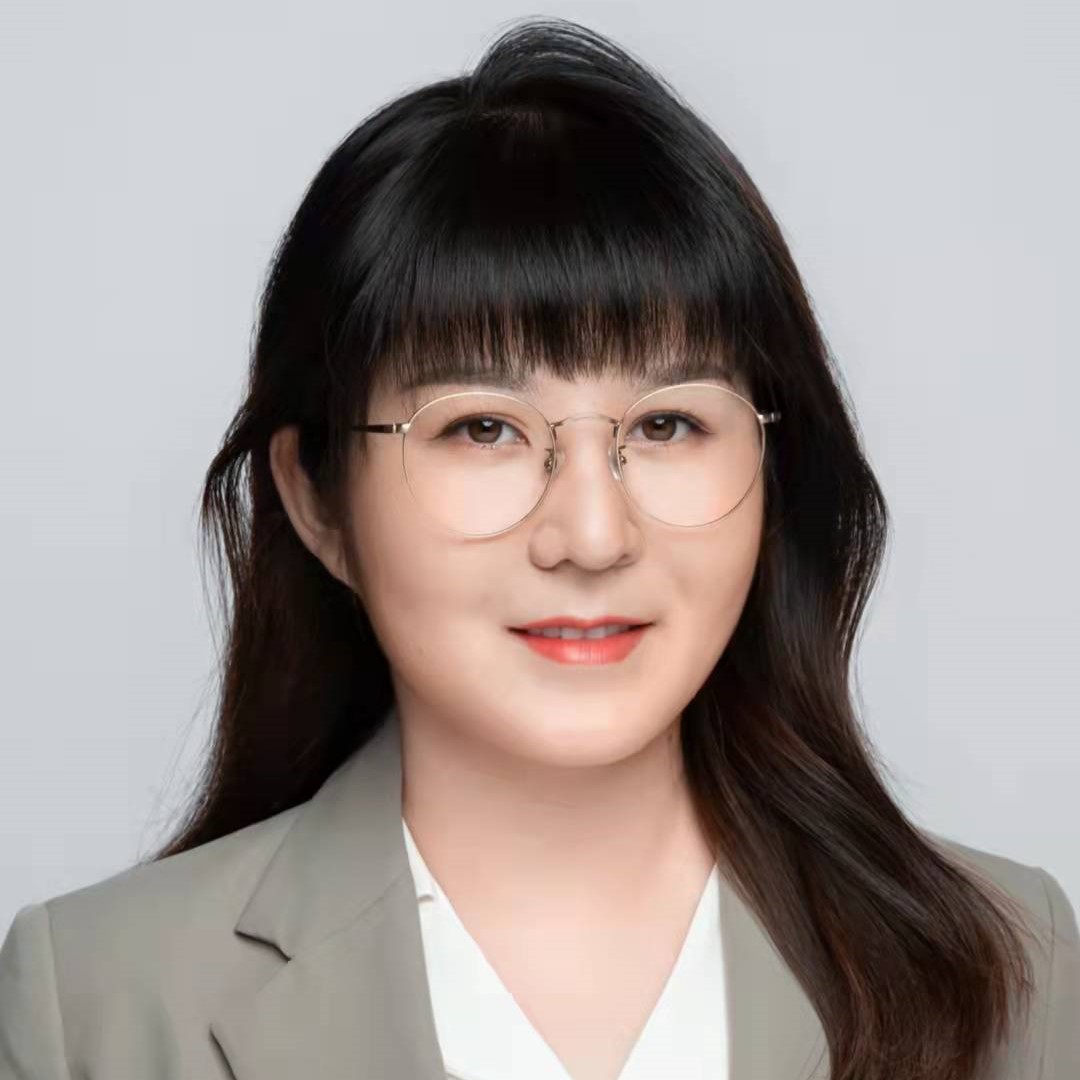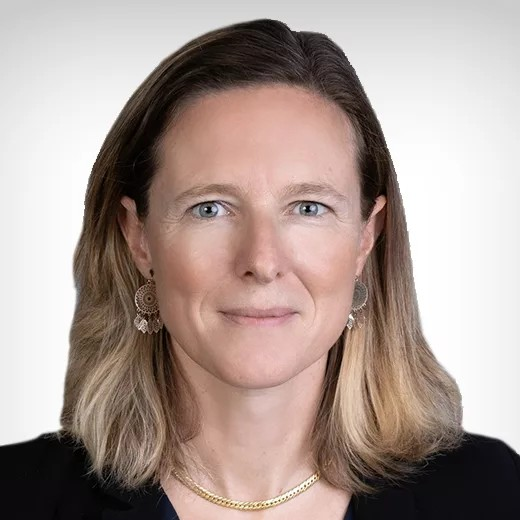
- Time:2024-09-11
- Venue:1B, 2nd Floor, Hall 1
- Language:CN
Organizer
The Committee of Optical Manufacturing Technologies, The Chinese Optical Society
Shanghai Engineering Research Center of Ultra-Precision Optical Manufacturing, Fudan University
China International Optoelectronic Expo (CIOE)
Cooperation
Tsinghua University
With the continuous evolution of the new generation of information technology such as sensors, cloud computing, artificial intelligence, photons can be converted into electrons through photoelectric sensors, and this digital technology paves the way for computational imaging. As a new imaging solution, computational imaging provides a new perception paradigm for sensor design that is far beyond human eyes by acquiring or encoding light field information based on specific application tasks. According to the application problems solved by computational imaging technology, it can be roughly divided into three categories: function improvement, performance improvement, simplification and intelligence. At present, computational optical imaging is in a stage of rapid development, and has begun large-scale application in mobile phone photography, medical treatment, unmanned driving and other fields.
In the future, computational optical imaging is expected to further subvert the traditional imaging system and bring more creative and imaginative applications. The meta-imaging chip can realize a large range of 3D perception without aberration, which is expected to completely solve the outstanding problem of the mobile phone rear camera. Lensless imaging can simplify traditional lens-based camera imaging systems, further reduce the size of the system and is expected to be used in various wearable devices. In addition, the polarization imaging technology can clearly image through the media with low visibility to achieve the effect of penetrating clouds and fog. Non-visual imaging can effectively detect non-visual targets by recording and analyzing the high-speed process of light propagation, and realize the separation of walls, which has a wide range of application value in anti-terrorism reconnaissance, medical detection and other fields.
